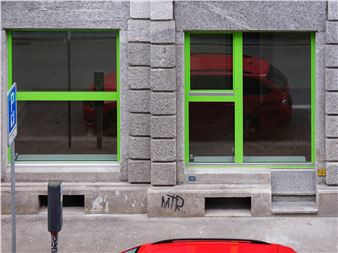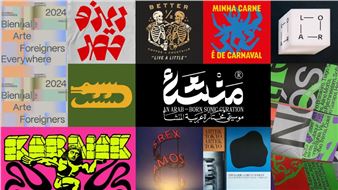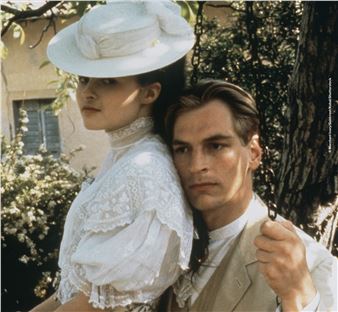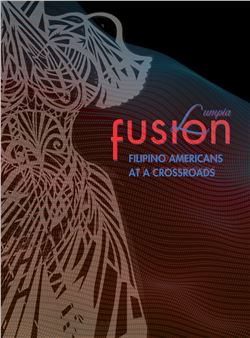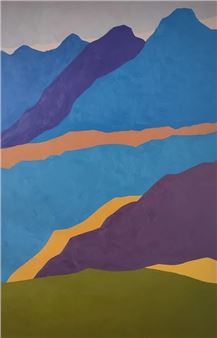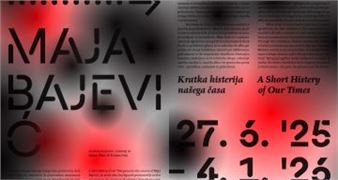Tin Dožić: Dromomania
Ian Hacking’s 1998 book, Mad Travelers: Reflections on the Reality of Transient Mental Illnesses, explains the meaning of the term »dromomania«, from which both the project and the exhibition by Croatian artist Tin Dožić derive their titles. The now obsolete term was used in the mid-19th century to signify a psychiatric diagnosis that no longer exists and could be described as »pathological tourism«. The most famous example and the first person in the world to be diagnosed with dromomania was a Frenchman by the name of Jean-Albert Dadas (b. 1860), who used to impulsively travel all over Europe – dromomania was characterised by an irresistible desire to wander without apparent reason or even awareness (similar to today’s so-called dissociative fugue). Tin Dožić’s multimedia installation explores the relationships between an individual’s condition, travelling, the experience of reality, and the contemporary production of images that accompany all forms of motion.
The Dromomania project (2022) was developed based on three of the author’s artistic gestures/actions: sailing on the Sava River on a raft from Zagreb to Sisak, building a temporary forest cabin in a nature park on the Medvednica peak in Zagreb, and walking along sections and peaks of the Via Adriatica hiking trail. It can be said that his main research and production method in this piece was travelling, which itself turns out to be a kind of variant of fugue or dromomania. Dožić deliberately moves alone, through areas where he seeks solitude. If the construction of a cabin in the forest and the rafting (approx. 90 km) do not demonstrate this sufficiently, the decision to take a hiking trail that stretches from Cape Kamenjak to Cape Oštro and to deliberately avoid populated areas is more than telling. However, no desire for escapism or disorientation can change the fact that the attempt to escape from civilisation is, in the final analysis, bound to be unsuccessful.
In an era characterised by the commodification of travelling and mass tourism, dromomania appears to be appealing and significantly contributes to image production, as Dožić notes in his essay, titled Perspective, Fugue, and Disorientation (2022): »[…] visual hyper-representation of the land only signifies our detachment from it. It seems that there are more digital photographs of places than there are places themselves«. On the one hand, we can find images of the world recorded in photos on social networks (as documentation of our travels), but on the other hand, every movement is detected and recorded as a dot on a map (via GPS). Furthermore, our perception is increasingly replaced by the gaze of a machine. Attempts to find lost spaces and opportunities to escape into nature are thus only possible until we start thinking about what kind of digital footprint we are leaving, and that we are never truly alone. Where or how can we direct our gaze to keep the ground under our feet? Is there a way for the loss of balance to lead us to a new freedom of representation that will gradually take shape on the most fragile links of new visualities?
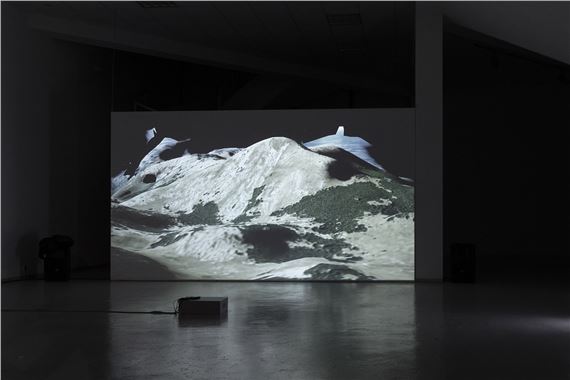
Recommended for you
Ian Hacking’s 1998 book, Mad Travelers: Reflections on the Reality of Transient Mental Illnesses, explains the meaning of the term »dromomania«, from which both the project and the exhibition by Croatian artist Tin Dožić derive their titles. The now obsolete term was used in the mid-19th century to signify a psychiatric diagnosis that no longer exists and could be described as »pathological tourism«. The most famous example and the first person in the world to be diagnosed with dromomania was a Frenchman by the name of Jean-Albert Dadas (b. 1860), who used to impulsively travel all over Europe – dromomania was characterised by an irresistible desire to wander without apparent reason or even awareness (similar to today’s so-called dissociative fugue). Tin Dožić’s multimedia installation explores the relationships between an individual’s condition, travelling, the experience of reality, and the contemporary production of images that accompany all forms of motion.
The Dromomania project (2022) was developed based on three of the author’s artistic gestures/actions: sailing on the Sava River on a raft from Zagreb to Sisak, building a temporary forest cabin in a nature park on the Medvednica peak in Zagreb, and walking along sections and peaks of the Via Adriatica hiking trail. It can be said that his main research and production method in this piece was travelling, which itself turns out to be a kind of variant of fugue or dromomania. Dožić deliberately moves alone, through areas where he seeks solitude. If the construction of a cabin in the forest and the rafting (approx. 90 km) do not demonstrate this sufficiently, the decision to take a hiking trail that stretches from Cape Kamenjak to Cape Oštro and to deliberately avoid populated areas is more than telling. However, no desire for escapism or disorientation can change the fact that the attempt to escape from civilisation is, in the final analysis, bound to be unsuccessful.
In an era characterised by the commodification of travelling and mass tourism, dromomania appears to be appealing and significantly contributes to image production, as Dožić notes in his essay, titled Perspective, Fugue, and Disorientation (2022): »[…] visual hyper-representation of the land only signifies our detachment from it. It seems that there are more digital photographs of places than there are places themselves«. On the one hand, we can find images of the world recorded in photos on social networks (as documentation of our travels), but on the other hand, every movement is detected and recorded as a dot on a map (via GPS). Furthermore, our perception is increasingly replaced by the gaze of a machine. Attempts to find lost spaces and opportunities to escape into nature are thus only possible until we start thinking about what kind of digital footprint we are leaving, and that we are never truly alone. Where or how can we direct our gaze to keep the ground under our feet? Is there a way for the loss of balance to lead us to a new freedom of representation that will gradually take shape on the most fragile links of new visualities?

 ARTISTS
ARTISTS







